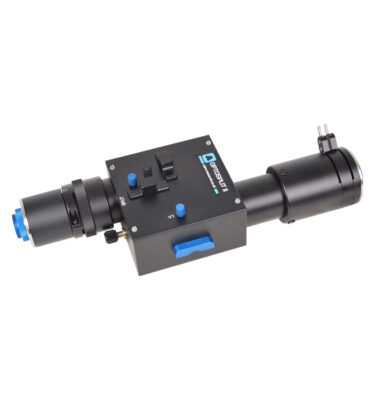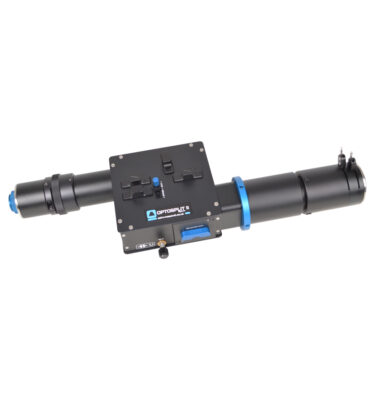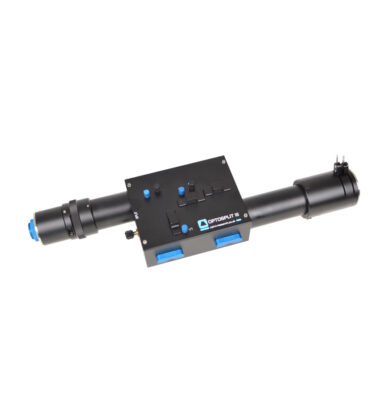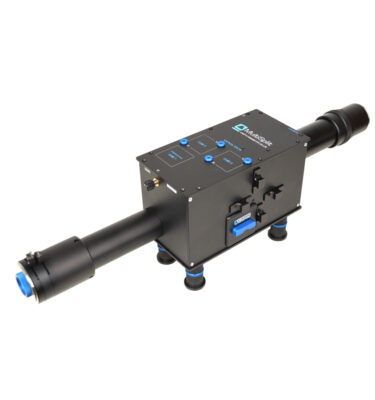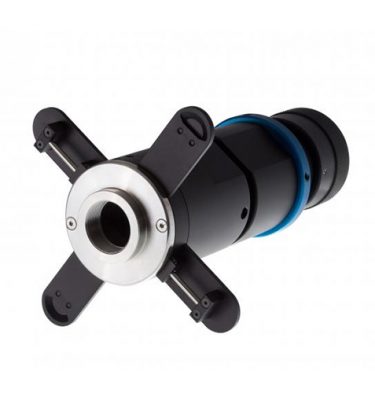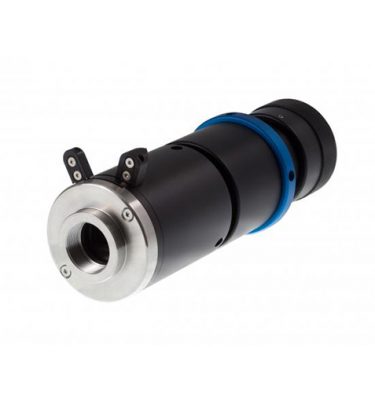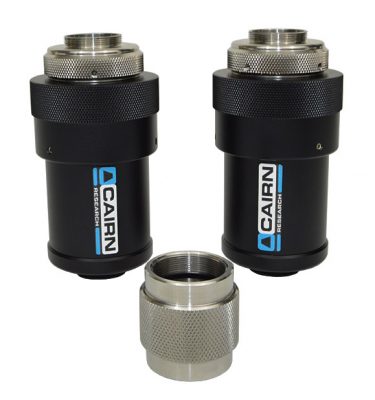Further advancements in sCMOS technology have revolutionised scientific cameras, yielding devices with more sensitivity over increasingly larger fields of view. We exploit this by enabling a single camera to simultaneously image multiple wavelengths, polarisation states or focal planes for high-speed, ratiometric, super resolution, FRET and other demanding imaging applications.
-
OptoSplit II
• Two way image splitter
• 1 or 2 images on a single camera
• Supports sensors up to 29.4mm -
OptoSplit II ByPass
• Two way image splitter with bypass
• 1 or 2 images on a single camera
• Supports sensors up to 31.9mm -
OptoSplit III
• Three way image splitter
• 1, 2 or 3 images on a single camera
• Supports sensors up to 29.4mm -
MultiSplit V2
• Four way image splitter
• 4 images on a single camera
• Supports sensors up to 29.4mm -
OptoMask
• High speed crop mode
• Sub-region acquisition
• High throughput custom lenses -
OptoMask OC
• High speed crop mode
• Optically centered (OC) crop mode
• High throughput custom lenses -
Emission Infinity Port
• Broad wavelength range (425-875nm)
• Supports 18.8mm diagonal sensors
• Magnification options on request

